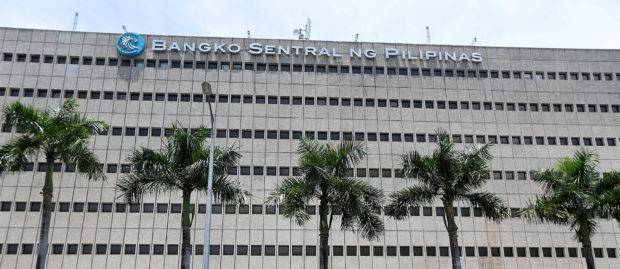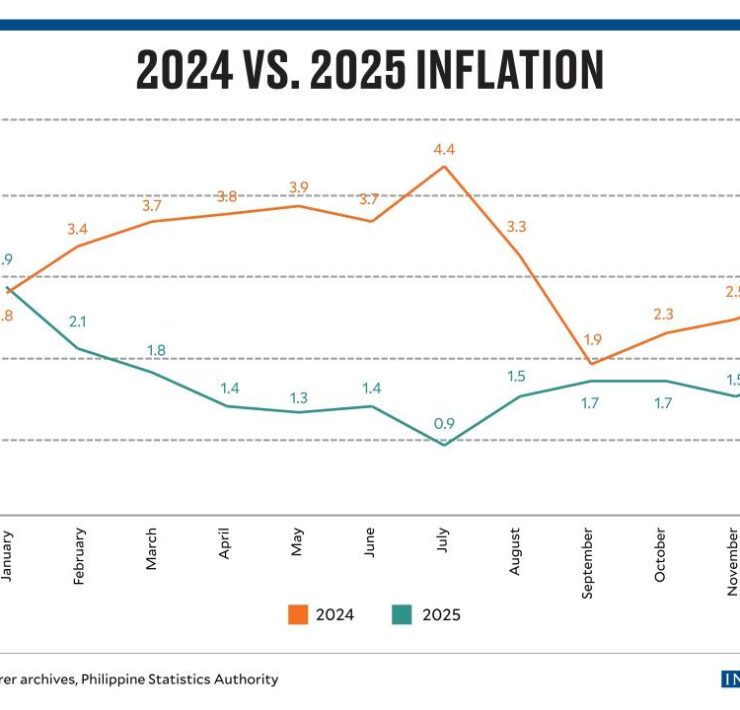Philippine foreign debt payments fell in May

The foreign debt servicing burden of public and private institutions declined in May as an increase in interest expenses amid tight financial conditions was offset by lower principal payments.
The combined external debt payments of the government and Philippine companies amounted to $5.62 billion as of end-May, down by 14.7 percent year-on-year, latest data from the Bangko Sentral ng Pilipinas (BSP) showed.
In the first quarter of 2024, foreign debt payments accounted for 3 percent of the country’s gross domestic product, easing from the 3.4-percent share recorded by the end of 2023.
Dissecting the latest figures from the BSP, the public and private sectors paid $2.41 billion in principal amount owed to foreign creditors in May, dropping at an annualized rate of 37 percent. That large decline in maturing debt payments cushioned the 16-percent increase in interest costs, data showed.
Debt servicing had become more expensive for borrowers amid tight financial conditions at home and abroad due to aggressive rate hikes of central banks to combat persistently high inflation. In the Philippines, the BSP had raised its policy rate by a total of 450 basis points (bps) to tame stubbornly high inflation, among the most aggressive in Asia.
Those tightening moves by the BSP that brought the benchmark interest rate to an over 17-year high of 6.5 percent were also necessary to keep domestic yields competitive while rates were high elsewhere. This was to avoid a sharp depreciation of the local currency that could bloat the peso value of foreign debts held by local firms.
Central bank data showed that the Philippines’ total external debt had amounted to $129.7 billion by end of the first quarter, up by 8.3 percent year-on-year amid elevated borrowing costs. Broken down, public sector foreign debt increased by 5 percent to $79 billion, while offshore borrowings climbed by 14 percent to $49.8 billion.
But a decline in global interest rates is expected to ease the external debt service burden of the country. Last week, the BSP cut its key policy rate by 25 bps to 6.25 percent, kicking off its easing cycle ahead of the US Federal Reserve, which is widely expected to relax monetary policy in September.





















